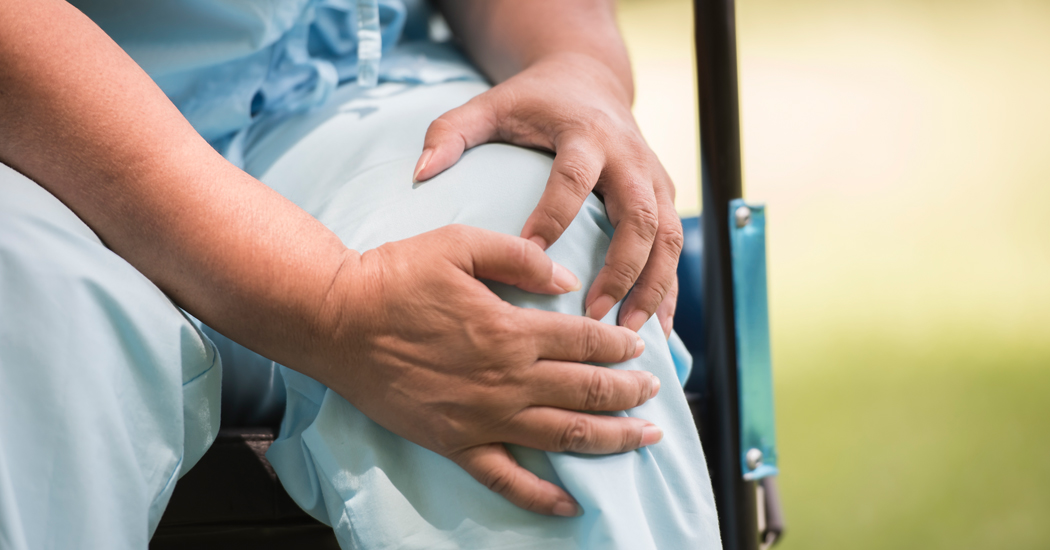
What is Osteoarthritis (OA) ?
Osteoarthritis (OA) is a degenerative joint disease that results in the breakdown of cartilage, leading to pain, stiffness, and reduced mobility. It primarily affects weight-bearing joints, such as the knees, hips, and spine, and is more common as people age.